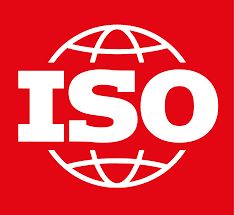ISO/IEC 15944-4:2015 Information technology Business operational view Part 4: Business transaction scenarios Accounting and economic ontology
ISO/IEC 15944-4:2015 provides a set of UML class diagrams and conceptual explanations that circumscribe the Open-edi Business Transaction Ontology (OeBTO). It explains the mechanics of a business transaction state machine, the procedural component of an OeBTO, and the (internal) constraint component of OeBTO, its repository for business rules. ISO/IEC 15944-4:2015 addresses collaborations among independent trading partners as defined in ISO/IEC 159441. ISO/IEC 15944-4:2015 applies to both binary collaborations (buyer and seller) and mediated collaborations (buyer, seller, third-party). The ontological features described herein propose standards only for the Business Operational View (BOV), that is, the business aspects of business transactions as they are defined in ISO/IEC 159441.

